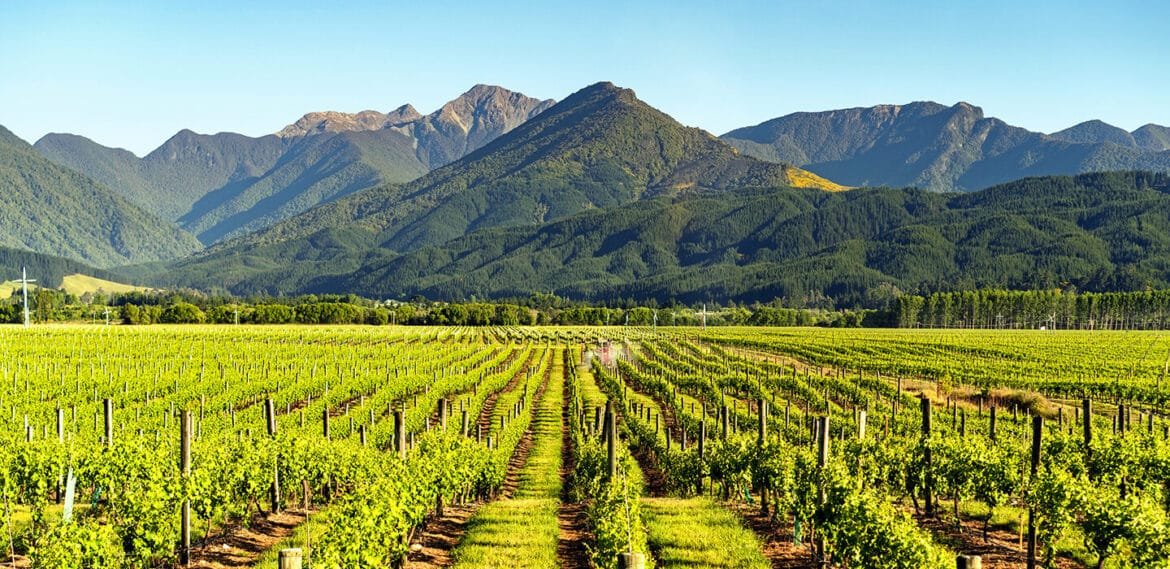Climate change influences continues to dominate headlines worldwide, underlining the profound effects it can have on our environment. However, there’s a lesser-known effect lurking in the background: the impact on the flavor of our food.
Shifts in Temperature and Rainfall
When you bite into a crisp apple or enjoy a refreshing salad, you may not consider the impact of temperature and rainfall on your food’s flavor. Yet, changes in these parameters, due to climate change, can significantly affect our crops. An unexpected drought or a sudden heatwave can stress plants, leading to changes in their development and, consequently, their flavor profiles. For example, vineyard owners have been noticing alterations in the taste of their grapes, attributable to these shifts in climate.
Alterations in Soil Composition
Imagine how the aroma of a rich, earthy wine can transport you to the vineyards where the grapes grow. That unique flavor stems from the soil composition of the vineyard. However, with climate change come shifts in soil composition, due to changes in rainfall and temperature. These alterations can affect the balance of nutrients in the soil, and consequently, the taste of the crops grown within.

The Rising Carbon Dioxide Concern
The mounting levels of carbon dioxide are not just a matter of global warming. Studies have shown that crops grown under higher carbon dioxide conditions tend to have lower protein and mineral concentrations. This shift in nutritional content can lead to subtle changes in flavor, adding another dimension to how climate change is impacting our food.
New Battlegrounds for Pests and Diseases
Climate change is also rewriting the rulebook for pests and diseases. Changes in climatic conditions can alter their range and life cycle, affecting crop health in the process. This impact can manifest in the flavor of the food harvested from these plants, resulting in potentially noticeable changes on our plates.
Impact on Animal-Derived Food
For those of us who consume animal-derived foods, the impact doesn’t stop at plants. Changes in pasture quality, triggered by shifting climatic conditions, can influence the flavor of meat and dairy products. Similarly, our seafood isn’t immune either. Warmer ocean temperatures can alter the taste and texture of fish, adding another layer to the complex web of climate change impacts.
Biodiversity in the Balance
Finally, the threat to biodiversity may change our food landscape more radically than we anticipate. With the loss of biodiversity due to climate change, some of the local and wild foods that diversify our diets could disappear.
In conclusion, the effects of climate change on our food extend far beyond availability and reach into the very taste of what we eat. The intricate dance of variables that come together to form the flavors we enjoy is being subtly shifted, illustrating another facet of climate change’s extensive reach. Everyone has a part to play in the fight against climate change. By making mindful choices about our lifestyle and food habits, we can contribute to the solution and help ensure that the flavors we cherish remain for future generations to enjoy.

